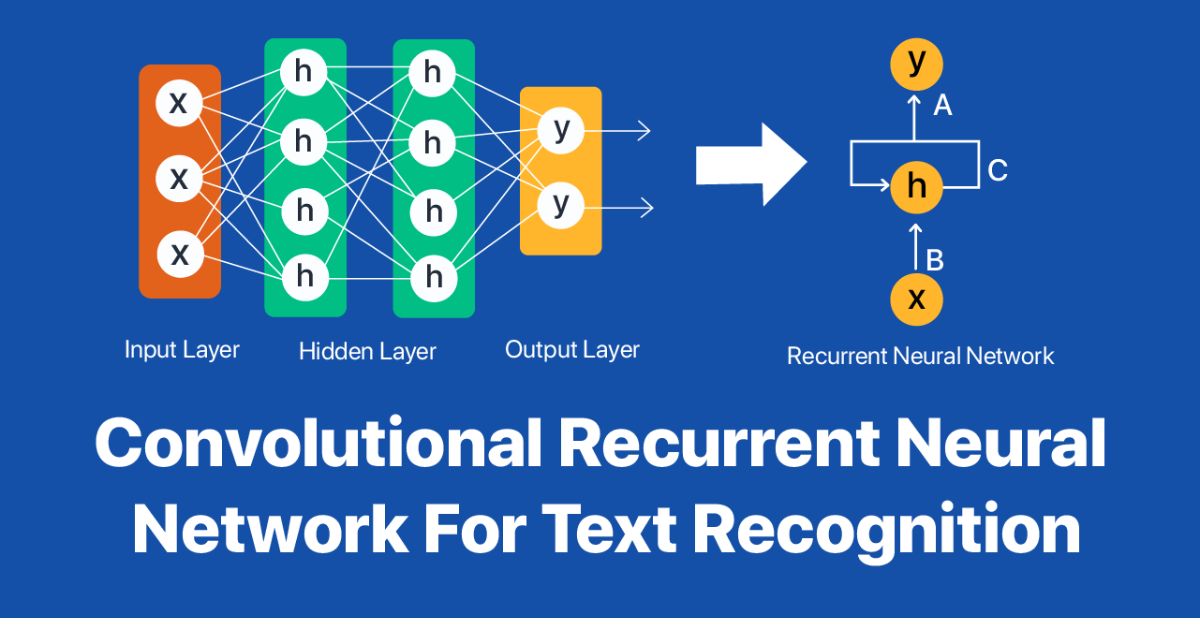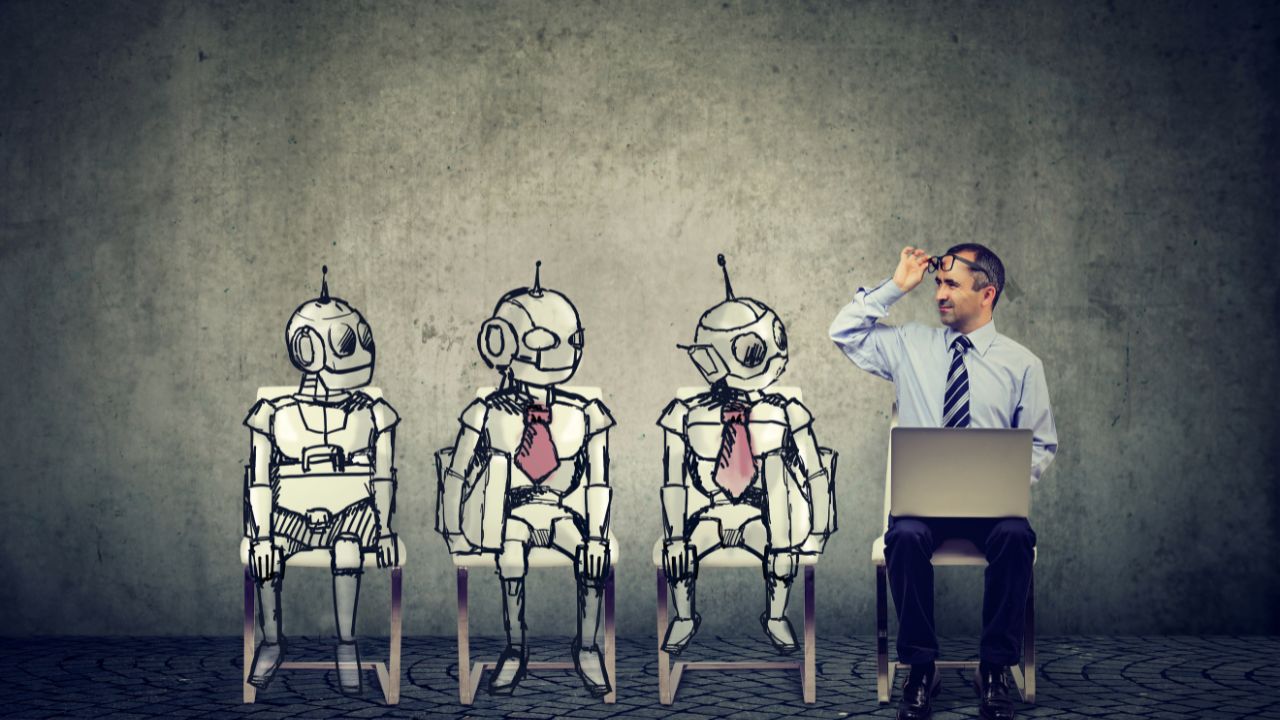From Pixels to Words: How Machine Learning Decodes Images
October 24, 2025 · 5 min read • #machine learning#AI#computer vision#image recognition#multimodal AI#OCR
In 2025, machine learning is no longer just seeing images — it’s understanding them.
From facial recognition to automatic captioning, AI systems are transforming how we interpret the world by turning pixels into words and meaning.
🧠 How Machines Learn to See
At its core, machine learning teaches computers to recognize patterns.
When applied to vision, these systems analyze millions of images to learn what defines an object — the edges of a car, the texture of grass, the shape of a letter.
Early breakthroughs in computer vision came from convolutional neural networks (CNNs), which mimic how the human visual cortex processes information:
- Convolutions detect features like lines and textures
- Pooling layers simplify data by highlighting essential patterns
- Fully connected layers make final classifications
This multi-step process allows AI to transform a grid of pixels into a meaningful concept — whether that’s a handwritten word or a smiling face.
⚙️ From Recognition to Understanding
The real revolution happened when AI moved beyond recognition to comprehension.
Traditional OCR could identify text, but not its context.
Modern AI models now pair vision with language understanding, allowing them to:
- Describe entire scenes (“A person holding a smartphone in an office”)
- Infer relationships between objects (“A dog sitting beside a bicycle”)
- Extract intent and tone (“Warning sign”, “Happy selfie”, etc.)
This is made possible through transformer architectures — the same kind of models that power language systems like GPT — now adapted for vision-language tasks.
🌐 The Rise of Multimodal AI
Multimodal AI models are a new generation of systems that process both text and images together.
Rather than treating visuals as isolated data, they connect them with linguistic meaning.
For example:
- A multimodal AI can look at a meme and understand its humor or sarcasm.
- It can analyze a chart and generate a written summary of trends.
- It can read a menu photo and translate it instantly.
This convergence of visual and textual intelligence is shaping the future of accessibility, automation, and creativity.
Related: Explore The Future of Image to Text Conversion: Smarter AI Faster Results
🧩 Core Technologies Behind Image Decoding
1. Convolutional Neural Networks (CNNs)
These networks remain the foundation of image feature extraction. They detect visual structures such as edges, patterns, and textures that define object boundaries.
2. Vision Transformers (ViTs)
Transformers have expanded from language to vision tasks, segmenting an image into “patches” — similar to how words are treated in text. ViTs are now leading in large-scale visual understanding.
3. Optical Character Recognition (OCR)
OCR has evolved from basic text detection to AI-driven visual parsing.
Modern systems like AI Image-to-Text Tool use OCR combined with deep learning to extract, clean, and contextualize text from documents, screenshots, and signs.
4. Self-Supervised Learning
AI can now train itself on unlabeled data, learning representations of objects and environments autonomously — reducing the need for human annotation.
📸 Practical Applications in 2025
Machine learning’s ability to decode images powers almost every digital touchpoint today.
🔍 Search and Discovery
Google, Pinterest, and eCommerce platforms rely on visual understanding to enable image-based search — finding products or ideas that “look similar.”
🧾 Document Automation
Businesses use AI OCR to extract data from invoices, contracts, and IDs — automating workflows that once required hours of manual entry.
🎨 Content Creation
AI generates photo captions, product descriptions, and accessibility alt text automatically, boosting SEO and improving user experience.
🏥 Healthcare Imaging
Deep learning interprets X-rays, MRIs, and CT scans to assist radiologists — often detecting abnormalities faster than traditional methods.
🛍 E-Commerce
Smart tagging systems automatically identify products in photos, simplifying catalog management and improving search visibility.
🔒 Privacy, Ethics, and Responsible AI Vision
With great visual power comes great responsibility.
As AI gains the ability to “see” more deeply, ethical frameworks are essential.
Key considerations include:
- Data privacy: ensuring user images aren’t stored or shared
- Bias reduction: preventing skewed training data from reinforcing stereotypes
- Transparency: allowing users to understand how AI makes decisions
Our tools adopt a privacy-first approach, processing all data locally in the browser or on-device — ensuring nothing is uploaded or tracked.
Try it securely: AI Image-to-Text Tool — fast, private, and built for accessibility.
🚀 The Future: Visual Understanding Meets Language Intelligence
The next era of image decoding is semantic understanding.
Rather than simply describing “what’s in an image,” AI will answer why it’s there and what it means.
For example:
- Detecting the mood of a photo for marketing insights
- Summarizing visual reports into actionable insights
- Assisting creative teams with context-aware content generation
As AI continues to merge perception and reasoning, it’s not just learning to read — it’s learning to interpret, narrate, and create.
🧰 Try It Yourself
Experience the power of AI-driven vision with our tools:
- AI Image-to-Text Tool – extract and understand text from visuals
- Image Compressor Tool – optimize images for SEO and speed
- AI Background Remover – isolate subjects with precision
All tools operate client-side, ensuring maximum speed, security, and privacy.
💡 Final Thoughts
Machine learning has fundamentally changed how we process visual information.
What once required human eyes and interpretation can now be handled by AI — instantly, accurately, and contextually.
From the smallest smartphone app to enterprise-level automation, image-to-text and visual understanding are redefining digital communication.
The world of pixels and words has finally converged — and the results are nothing short of transformative.
Enjoyed this post? React below 👇
Related Posts
 Tools Effectively.jpg)
How to Use OCR (Optical Character Recognition) Tools Effectively
Learn how OCR (Optical Character Recognition) works, what it can do for you, and how to use it effectively with our free browser-based OCR Tool to extract text from images instantly.

AI Compression Algorithms Explained: Smaller Files, Smarter Tech
Explore how AI compression algorithms are transforming data storage, image optimization, and network performance in 2025 — delivering smaller files, faster speeds, and smarter efficiency for the digital world.

AI vs Traditional Algorithms: Who Wins in Image Optimization?
Explore the differences between AI-based and traditional image optimization methods. Learn how deep learning, neural compression, and smart encoding outperform legacy algorithms like JPEG and PNG in 2025.
Frequently Asked Questions
What does 'from pixels to words' mean in AI?
It refers to the process of converting image data into readable or meaningful text using machine learning models trained to understand visual patterns and context.
How does machine learning decode images?
Through neural networks like CNNs and transformers, AI analyzes visual features — edges, colors, shapes — and converts them into descriptive text or structured data.
What role does OCR play in image decoding?
Optical Character Recognition (OCR) is a key component that identifies and extracts text from images, enabling applications like document scanning and visual search.
What are multimodal AI models?
Multimodal AI models combine visual and textual understanding, allowing systems to interpret images alongside language for richer, context-aware insights.
Where can I try AI that converts images to text?
You can test our [AI Image-to-Text Tool](/image-to-text) to instantly extract readable text from any image using advanced machine learning models.